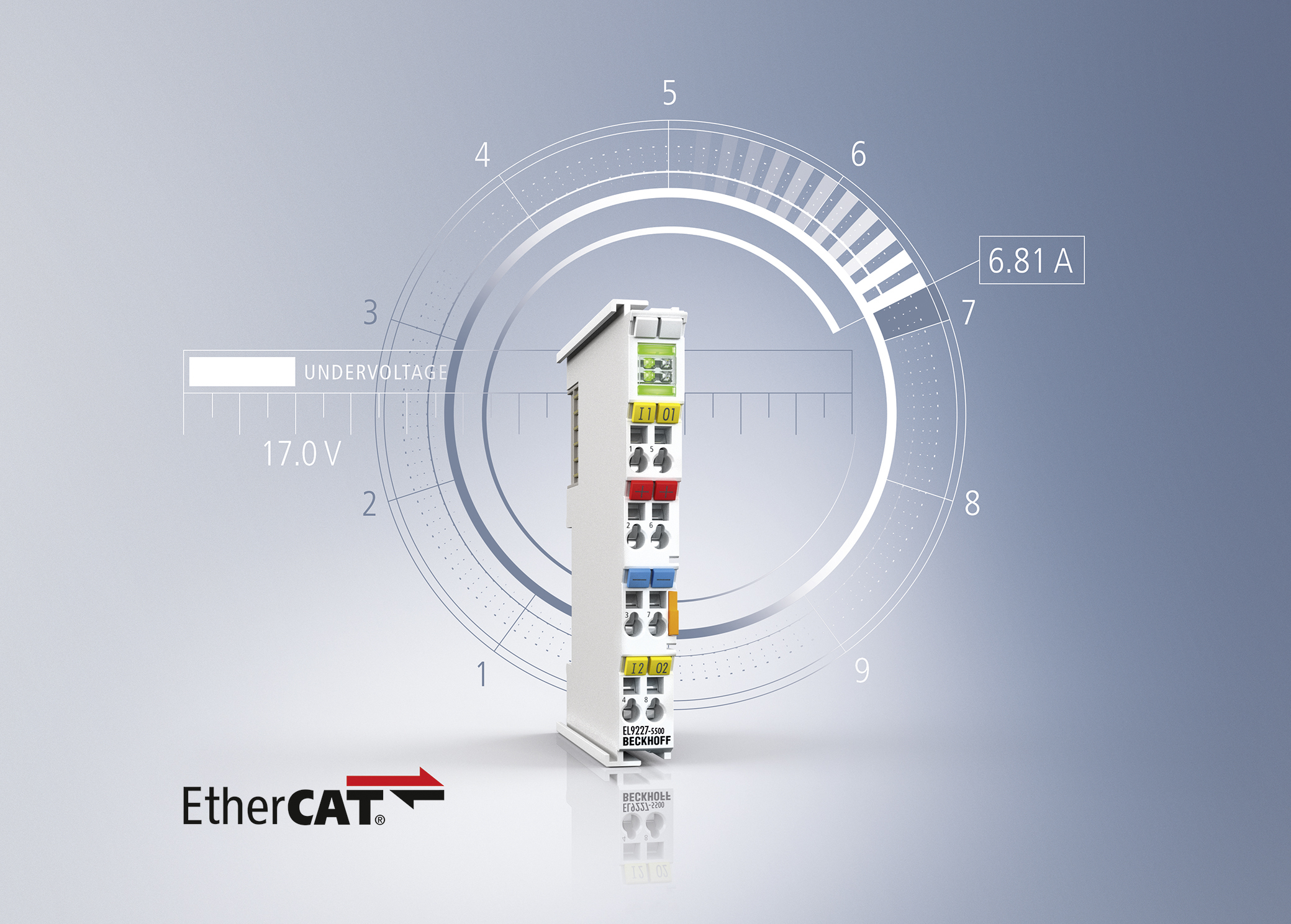Just as mechanical definitions are critical in motion control systems, mechanical definitions have an incredibly important role to play in control systems as well. I was reminded of this fact when I was looking at a control system for a machine at a friend’s factory. It was a very simple machine to uncoil rolls of sheet metal, aptly called an “uncoiler”.
The control system is entirely focused around a DC motor speed control and PM gearmotor. A long arm sits on top of the steel strip as it is unrolled into the forming machine and cam-operated limit switches sense the height of the loops of steel. If the loop is high, it turns on the motor until there is enough excess in the loop to satisfy the speed of the forming process downstream. The low end of the slack loop turns the motor off so it won’t feed out more material. Simple yet effective.
In analyzing the control requirement, everything depends on understanding the requirement and understanding the mechanics of the control elements themselves. Consider the humble start stop station. The operation of the motor is completely dependent on the idea that the start pushbutton is a momentary switch from a mechanical standpoint and that there is auxiliary contact on the starter that will act to maintain control power when the momentary start signal opens. The stop pushbutton is a normally closed pushbutton so that when it opens, control power to the starter coil is interrupted, disconnecting the motor from it’s power source. Nice, neat, simple, and full of assumptions about the mechanical operation of the control system elements.
What if the start pushbutton is a maintained input? Control power to the motor starter is maintained through the contact block. This would eliminate the need for an auxiliary contact to “seal in” the starter. This would require that the stop pushbutton be maintained as well so that the motor cannot accidentally get power and start up until the start pushbutton is reset. This setup would be OK but the reset of the start pushbutton is not clear and would require a unique mechanical implementation in order for the start switch to operate the circuit as required.
A better option to simplify the system would be to use the same operator in a push to make, push to break mechanism. We see these devices in everyday application, but they probably require a mechanical latch and spring mechanism which might be considered slightly less reliable in an industrial context. Still, the push-push approach with a two or three state LED indicator would be really cool. The pushbutton would be green to start, turn red to designate the button is now a stop pushbutton, and yellow if some internal fault is detected. This approach eliminates all the other devices in the control system.
But it requires a great deal of mechanical complexity to execute and some internal intelligence if the self diagnostic feature is going to be implemented. Can we cost engineer this device to compete with the traditional start-stop station? I could be wrong, but I doubt it.
But it does make clear that, as with all things in the industrial control arena, everything depends on a good mechanical understanding.
Filed Under: Mechatronics, Mechatronic Tips



